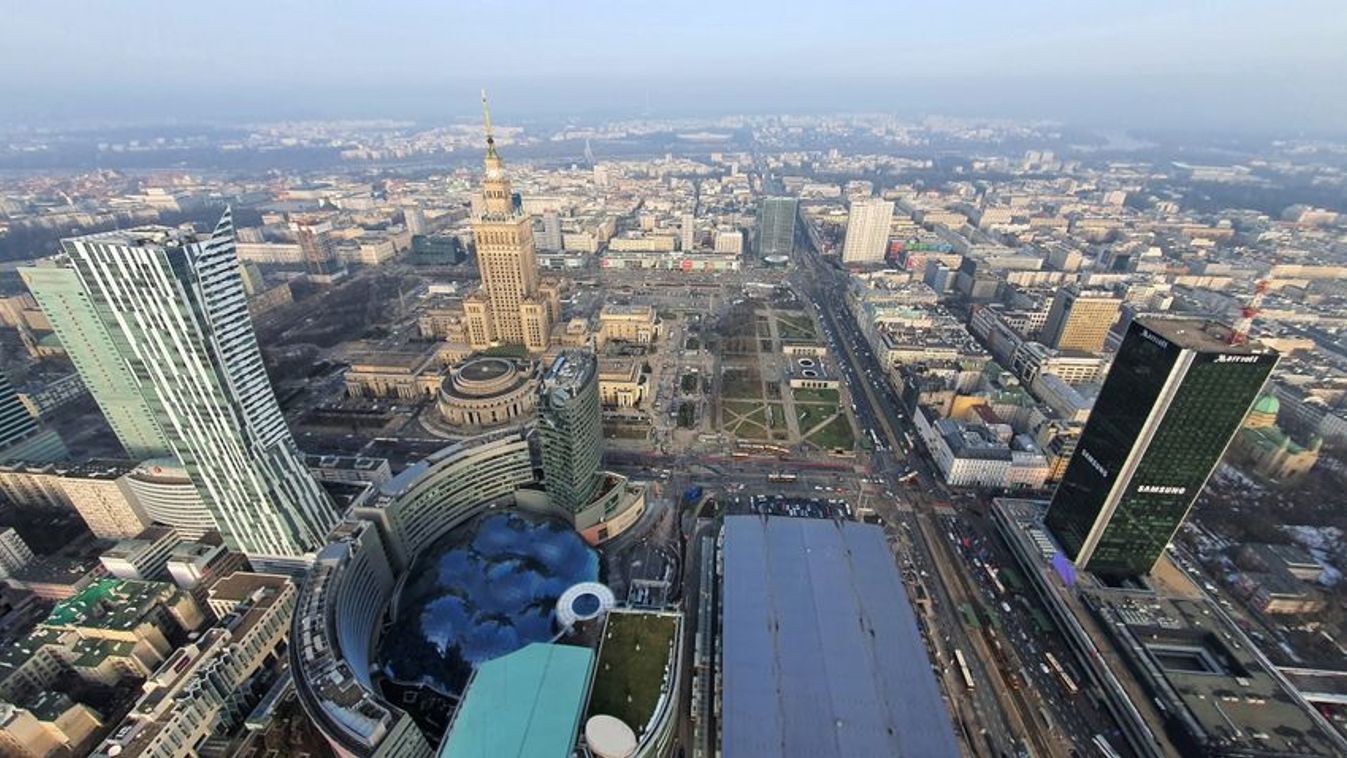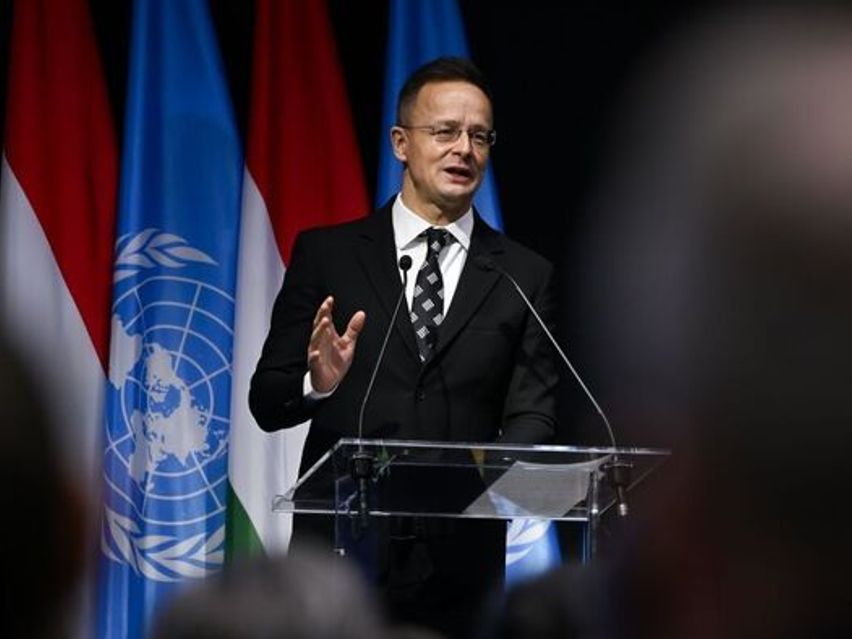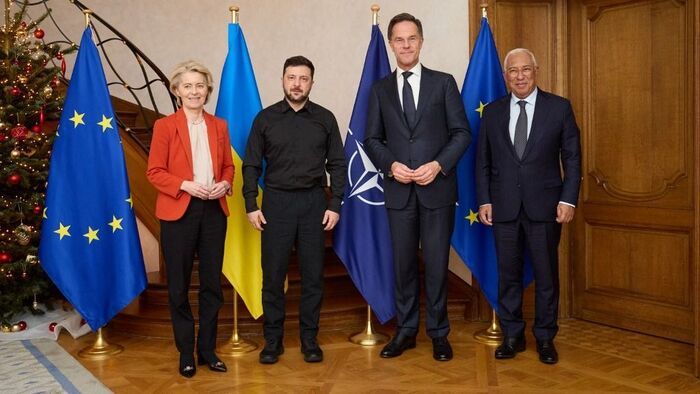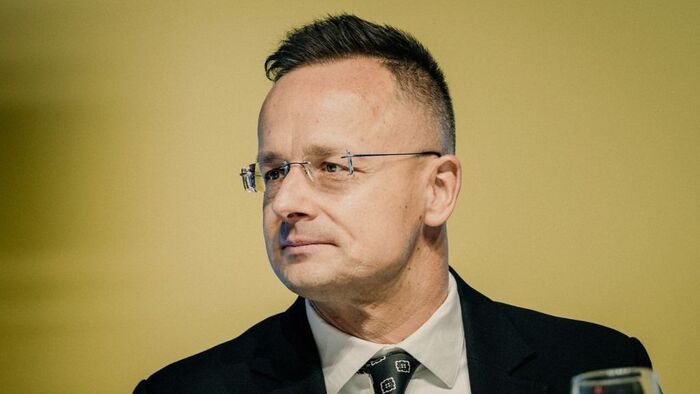At the time of the regime changes in 1990, Hungary and Poland were at two significantly different levels in terms of development. The development per capita of Poles was 39.6 percent compared to the EU average while the estimated Hungarian figure was 56.9 percent at the time. Thus, in 1990, the Hungarian economy was 17 percent closer to the EU average than the Polish economy.
In 2020 however, Poland advanced 36.5 percent towards the EU average while Hungary only 17.1 percent; thus, the Polish rate of development progressed nearly twice as fast as ours.
In 2019, the year before the Covid-19 outbreak, Hungary managed to surpass the Polish economy (which had previously passed us). However, in 2020, the pandemic crisis was handled better in Poland. By the end of 2020, the Poles lead again as Hungary lost nearly 5 percent while Poland only 2.7. By the second half of 2021, both economies had recovered from the crisis and reached pre-pandemic GDP levels, but the 2020 Polish advantage persisted, and they are still in the lead today.
The size, population, and economic power of the two countries differ, but there are still many similarities between the Polish and Hungarian models.
Let’s take a look at some of these!
Both economies are successfully making progress.
Since World War II, 18 nations have become advanced economies. According to the IMF, this means reaching a per capita income level of $17,000 at current prices. Among the latest 10 countries to become part of the category, 6 are Central Eastern European ones: the Czech Republic, Slovakia, Slovenia, and the three Baltic countries. Poland and Hungary could be next.
Progress in both countries is based on industrial exports, including manufacturing.
Both Polish and Hungarian progress has been based on high investment rates, importing technology, and continuous inflow of FDI including EU subsidies. Success in both economies is fueled by a combination of a well-trained and motivated workforce along with an influx of modern technology, management knowledge and export markets through foreign direct investment.























Szóljon hozzá!
Jelenleg csak a hozzászólások egy kis részét látja. Hozzászóláshoz és a további kommentek megtekintéséhez lépjen be, vagy regisztráljon!